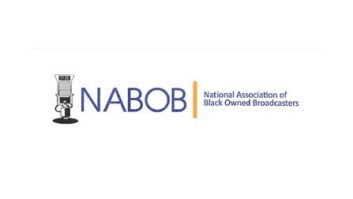GeoBroadcast Solutions is calling attention to a deployment of its SFN-based MaxxCasting system that it says is helping a Boston FM reduce signal interference and improve its coverage-to-contour ratio to reach more potential listeners. It says the installation also strengthens building penetration in downtown Boston.
The company, formed in 2009 by Peter Handy, Chris Devine, Rick Bonick and Bill Hieatt, believes it has identified a big potential business opportunity. It thinks that in the top 30 markets, 18% of the population is not covered within stations� protected contours. So it makes systems that are intended to enhance coverage areas (and thus reach more PPMs) using new techniques in single-frequency networks.
The manufacturer says big improvements in coverage-to-contour ratio are an important benefit and that its approach also eliminates common problems with legacy booster systems.
On this project it worked with Shively Labs, American Tower Corp. and its frequent business partner GatesAir. The system at indy station WXRV(FM) 92.5 The River, which is licensed to Andover, Mass., launched this month. GeoBroadcast Solutions credits the installation with delivering stronger and broader signal coverage to 4.5 million people in the Boston metro. �This includes the nearly 1.5 million population of adjacent Middlesex County, where interference and weak signal is most common due to rolling hills and other conditions that deteriorate signal performance.�
WXRV�s system uses four low-power transmission sites in areas prone to interference or weak signals. These nodes, on the same frequency as the main transmitter, are in Lexington, Waltham and Natick on the outskirts of Boston, and on top of the John Hancock building downtown (shown). Another site is planned in the Charlestown neighborhood.
The company says its approach helps stations take all advantage of legally allowed coverage through predictive modeling software to maximize a network topology; it combines radio broadcast and mobile cellular technology to reduce or eliminate interference between main transmitter and nodes. The nodes use GatesAir IP networking to transport and synch program content across the transmitters; nodes are synched to the main using GatesAir Intraplex SynchroCast3 technology in Intraplex IP Link 200 codecs that transmit program content from the studio to each node and the main transmitter. Shively created custom antenna pattern designs to control node coverage, according to the announcement of the project.
GeoBroadcast also set up a listening test involving station General Manager Donald St. Sauveur and representatives from other broadcasters. It quoted St. Sauveur saying the experience of listening to the main transmitter as it transitions to the nodes is �seamless and undetectable to the general audience.�
The company has another offering called ZoneCasting that awaits FCC approval and on which Radio World reported four years ago. It would provide technology to geographically target radio advertisements.
Related:
�MaxxCasting�: Better FM Signal Coverage? (Jan. 2013)

ZoneCasting Concept to Be Tested (Nov. 2012)
�
�
�
�












